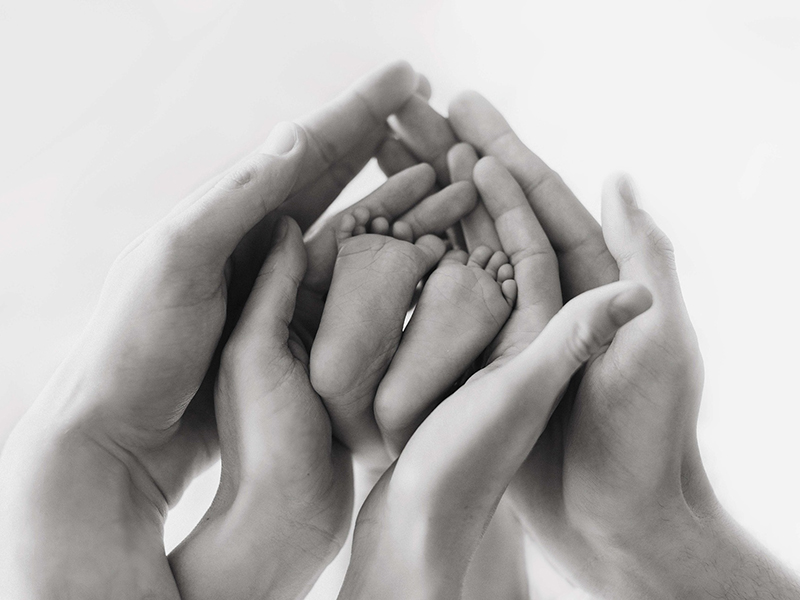Rachel Cassen, Director of Leap
In some other life we are standing side by side and laughing that in some other life we are apart.
The role of families in building inclusive lives for people with disabilities Rachel Cassen Leap In some other life we are standing side by side and laughing that in some other life we are apart. d.j If we unpack the term inclusion, we can see that it is about peoples valued social participation and personal social integration. We know a person is included when they are engaged and positively valued in an environment typical of their age, peers and culture. It is somewhat counter- cultural to describe inclusion in such detail, we are far better as a society at ‘mapping’ human misery or exclusion.
But how is inclusion achieved and why do some people enjoy a rich, meaningful life and many others do not? The Australian author and disability advocate Jeremy Ward has this to say “The reality is that the full and positive lives of people with disabilities that we hear and read about do not happen by accident. These inspirational stories can be told because someone had a vision and belief in what is possible, sometimes against considerable opposition, and planned to make it happen.”
Michael Kendrick observes that while services and professionals may usefully be part of supporting this vision, they must be extremely careful to not undo the authority and power of the person and their families by substituting it for their own. Hence, the “person centred” approach will be fatally undermined if it is not always accompanied by self-direction.
Self-direction simply describes a situation where decisions and choices that determine the direction of the person’s life rest with the person and their chosen supporters. Whatever services and professionals do, they must not seek to separate or alienate people from their family and friends as it is they who constitute the enduring sources of love and support, however flawed at times, in people’s lives.
